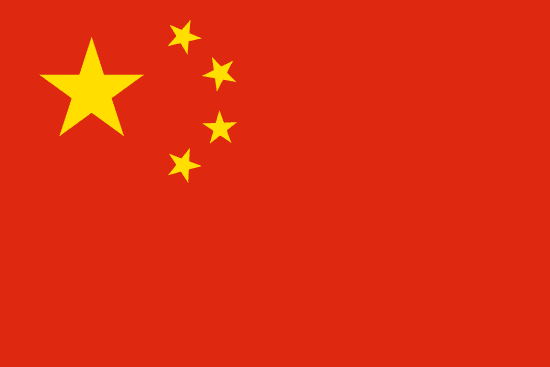"ལྷ་ས་གསུམ་མོ། | Lhasa, the Place of Gods"
About:
Lhasa, the capital of Tibet, was founded in the 7th century by Songtsen Gampo. It became a significant center of Buddhism, with the construction of the Jokhang Temple and Potala Palace. The Dalai Lamas ruled from the 17th century until the 1950s, when China asserted control. Despite political controversies, Lhasa remains a key cultural and religious hub, housing many Tibetan and Buddhist heritage sites. Today, it's a major tourist destination and a site of historical and political significance.
When to visit:
Lhasa, the capital of the Tibet Autonomous Region, is best visited during the months of May to October when the weather is mild and the skies are clear. This period provides ideal conditions for exploring the city's iconic landmarks, including the Potala Palace and Jokhang Temple. Additionally, visiting during this time allows travelers to experience traditional Tibetan festivals and events, adding cultural richness to their holiday experience. It is important to note that Lhasa can experience cold winters and limited accessibility during certain months, so planning your trip during the recommended period ensures a more enjoyable and rewarding visit.
When to avoid:
Traveling to Lhasa, Tibet during the Chinese New Year holiday, also known as Spring Festival, is considered the worst time of year due to the overwhelming crowds and limited availability of accommodation. The city experiences a significant influx of domestic tourists during this time, leading to inflated prices and difficulty in securing transportation and lodging. Additionally, many attractions and services may be closed or operating on limited hours during the holiday period. Travelers seeking a more peaceful and enjoyable experience in Lhasa are advised to avoid visiting during the Chinese New Year holiday.
"Winter Season (Dec-Feb)"
In Lhasa, the coldest months are January and February, with average temperatures ranging from -10°C to 8°C. There's little rainfall, but snow can occur, making the landscape stunningly beautiful. Days are generally sunny, with about 7 hours of sunlight, but the air remains cold. Cloud cover is minimal, ensuring clear sky views. For visitors, the day starts with a brisk chill which eases slightly by midday. Sightseeing can be enjoyable but it's essential to dress warmly, as temperatures drop sharply after sunset.
"Summer (May–September)"
In Lhasa, Tibet, the warmest part of the year typically occurs from June to August. During this period, the average high temperature ranges from 20°C to 22°C (68°F to 72°F), and the average low temperature is usually around 9°C to 11°C (48°F to 52°F).
Rainfall is most prevalent during these months, with July being the wettest month of the year. The average rainfall during this period is around 120 mm to 130 mm. Despite the rain, there are still plenty of sunny days, with an average of 6 to 7 hours of sunlight per day.
Humidity is relatively high during these months, averaging around 70%, which can make the air feel slightly damp. However, due to the high altitude, the atmosphere is often thin and dry.
Cloudiness varies, but it's generally partly cloudy, with more cloud cover in the mornings and evenings and clearer skies in the afternoon.
A typical day for a visitor during this period would involve mild and comfortable temperatures, but with a likelihood of rain, especially in the afternoon. Despite the rainfall, the sun often breaks through, providing beautiful, sunny intervals. The air may feel slightly damp due to the humidity, but overall, the climate is quite pleasant and conducive for sightseeing and other outdoor activities. The nights can be a bit cool, so it's advisable to carry a light jacket or sweater.
Language:
In Lhasa, the capital of the Tibet Autonomous Region in China, the most commonly spoken language is Tibetan. This language, also known as Lhasa Tibetan, is the mother tongue of the local people. However, due to the region's integration with the rest of China, Mandarin Chinese is also widely spoken and understood. English is used to a lesser extent, primarily in the tourism sector.




